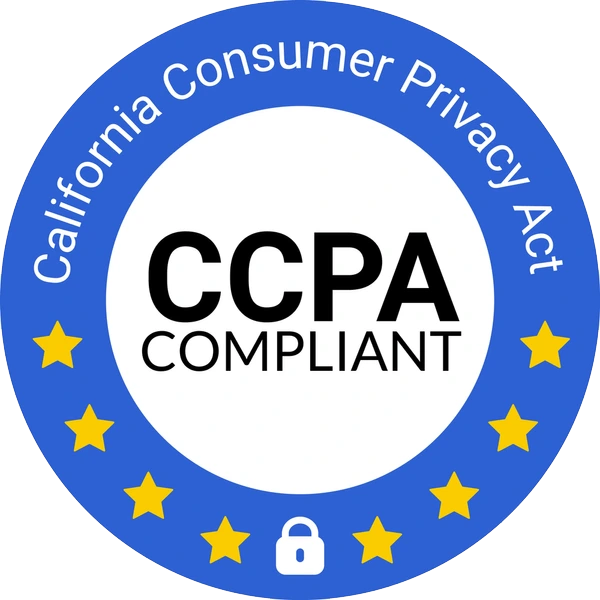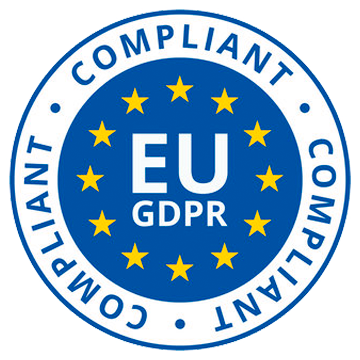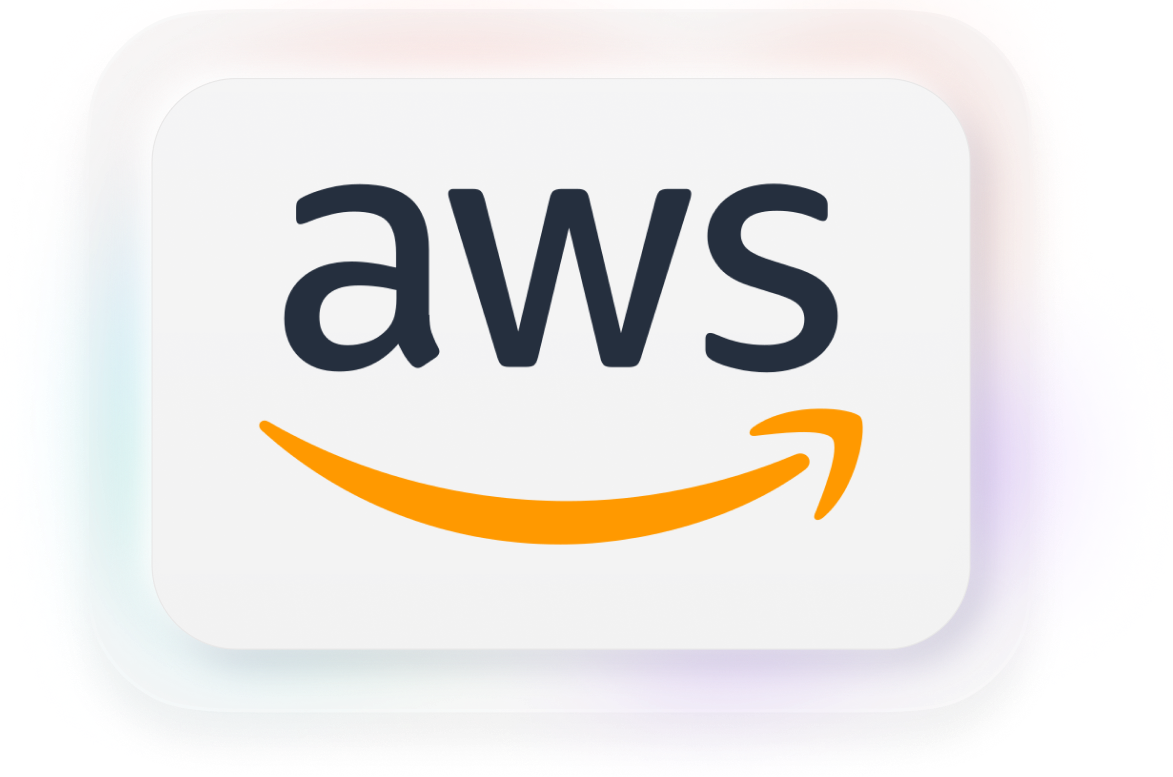Sales enablement is a strategic approach that equips sales teams with the tools, resources, and information they need to effectively engage with potential customers and close deals. It is a holistic process that encompasses various elements, such as training, content creation, and technology implementation, to empower sales professionals and drive revenue growth.
Defining Sales Enablement
At its core, sales enablement is about aligning marketing and sales efforts to deliver a seamless customer experience. It involves providing sales reps with the necessary knowledge, skills, and assets to engage with customers at every stage of the buying journey. By enabling sales teams, businesses can improve lead generation, deal workflows, and ultimately, drive revenue growth.
Sales enablement goes beyond just providing sales reps with the tools they need to sell effectively. It encompasses a holistic approach that focuses on empowering sales teams to understand customer needs, address pain points, and build long-lasting relationships. This involves equipping them with the right resources, training, and technology to navigate complex sales situations and deliver exceptional customer experiences.
The role of Sales Enablement in business
Sales enablement plays a crucial role in driving business success. It helps organizations optimize their sales processes, improve productivity, and enhance customer relationships. By providing sales reps with the right resources and support, businesses can ensure that their sales teams are equipped to meet customer needs and maximize sales opportunities.
One of the key benefits of sales enablement is its ability to align marketing and sales efforts. By fostering collaboration between these two departments, businesses can create a unified approach to customer engagement. This alignment ensures that marketing materials and messaging are tailored to the needs of the sales team, enabling them to effectively communicate the value of a product or service to potential customers.
Furthermore, sales enablement enables businesses to stay agile and responsive in a rapidly changing market. By continuously providing sales reps with updated training and resources, organizations can adapt to evolving customer demands and market trends. This flexibility allows sales teams to effectively navigate challenges and seize new opportunities, ultimately driving business growth.
Key components of Sales Enablement
Effective sales enablement requires a combination of various components, including content creation, training, technology, and analytics. Let’s explore each component in more detail:
-
- Content Creation: Creating high-quality, tailored content is essential for engaging potential customers and addressing their pain points. Sales enablement ensures that sales reps have access to relevant content, such as case studies, product sheets, and demo videos, to effectively communicate the value of a product or service.
Content creation involves more than just providing sales reps with generic marketing materials. It requires a deep understanding of customer needs and preferences, as well as the ability to craft compelling narratives that resonate with the target audience. Sales enablement teams work closely with marketing to develop content that is not only informative but also engaging, helping sales reps build trust and credibility with potential customers.
-
- Training: Continuous training is vital to equip sales reps with the necessary skills and knowledge. Sales enablement programs provide training on sales techniques, product knowledge, and effective communication strategies to enable reps to navigate complex sales situations successfully.
Training in sales enablement goes beyond just product knowledge. It encompasses a wide range of skills, including active listening, objection handling, and negotiation. Sales reps need to be equipped with the tools and techniques to build rapport with customers, understand their unique challenges, and position their products or services as the solution. Ongoing training ensures that sales teams are constantly refining their skills and staying up-to-date with industry trends.
-
- Technology: Sales enablement leverages technology solutions to streamline sales processes and enhance productivity. Tools such as customer relationship management (CRM) software, document sharing platforms like Sizle, and sales analytics platforms enable sales teams to track customer interactions, share relevant content, and gain insights to optimize their performance.
Technology plays a critical role in enabling sales teams to work efficiently and effectively. CRM software, for example, allows sales reps to manage and track customer interactions, ensuring that no opportunity falls through the cracks. Document sharing platforms make it easy for sales reps to access and share relevant content with customers, enhancing their ability to deliver personalized and targeted messaging. Sales analytics platforms provide valuable insights into sales performance, allowing businesses to identify areas for improvement and make data-driven decisions.
-
- Analytics: Sales enablement relies on data analytics to measure the effectiveness of sales strategies and identify areas for improvement. Analyzing key performance indicators (KPIs) such as conversion rates, deal velocity, and customer satisfaction helps businesses make data-driven decisions and optimize their sales enablement efforts.
Analytics is a crucial component of sales enablement as it provides businesses with valuable insights into their sales performance. By analyzing KPIs, organizations can identify bottlenecks in the sales process, understand customer preferences, and uncover trends that can inform future strategies. This data-driven approach allows businesses to continuously refine their sales enablement efforts, ensuring that they are always delivering the best possible customer experience.
The importance of Sales Enablement
Sales enablement is integral to achieving sales success and driving business growth. It plays a crucial role in equipping sales representatives with the necessary tools, resources, and support to perform at their best. By empowering sales teams with up-to-date product information, competitive insights, and training on effective selling techniques, sales enablement significantly boosts sales performance and enhances customer relationships.
Boosting sales performance
Effective sales enablement goes beyond providing sales reps with basic training. It encompasses a comprehensive approach that equips them with the knowledge and skills needed to excel in their roles. By staying up-to-date with the latest industry trends, market dynamics, and product developments, sales reps can confidently engage with potential customers and address their specific needs.
Furthermore, sales enablement ensures that sales teams have access to the right resources at the right time. This includes providing them with well-crafted sales collateral, such as brochures, case studies, and presentations, that effectively communicate the value proposition of the products or services being offered. Armed with these resources, sales reps can articulate the benefits and advantages of their offerings, effectively persuading prospects to make a purchase.
In addition, sales enablement involves continuous training and development programs that help sales reps refine their selling techniques. By honing their communication, negotiation, and objection-handling skills, sales reps can navigate complex sales cycles more effectively. This results in shorter sales cycles, higher win rates, and ultimately, increased revenue for the business.
Enhancing customer relationships
Building strong and lasting relationships with customers is a fundamental aspect of successful sales. Sales enablement recognizes the importance of understanding customer needs and tailoring interactions to meet those needs. By leveraging data and analytics, sales enablement teams can gain valuable insights into customer preferences, pain points, and buying behaviors.
With this information, sales reps can deliver personalized experiences that resonate with customers. By providing targeted content and relevant insights, sales reps can engage prospects with the right information at the right time. This not only demonstrates a deep understanding of the customer’s challenges but also positions the sales rep as a trusted advisor who can provide valuable solutions.
Moreover, sales enablement emphasizes effective communication training. Sales reps are equipped with the skills to actively listen to customers, ask probing questions, and empathize with their concerns. This enables sales reps to address customer pain points more effectively and position their offerings as the ideal solution.
By fostering trust and loyalty through personalized interactions, sales enablement helps businesses build long-term customer relationships. This leads to increased customer satisfaction, repeat business, and positive word-of-mouth referrals, all of which contribute to sustainable business growth.
Implementing Sales Enablement
Implementing sales enablement requires a strategic approach and careful planning. Here are some steps to establish a successful sales enablement strategy:
Steps to establish a Sales Enablement strategy
1. Define Objectives: Clearly define your sales enablement goals and align them with your overall business objectives. Identify the key areas where sales enablement can make the most impact, such as improving lead generation or enhancing sales productivity.
2. Collaborate: Foster collaboration between marketing and sales teams to ensure that the sales enablement strategy aligns with marketing initiatives. Regular communication and feedback between these teams are crucial for effective sales enablement implementation.
3. Identify Key Content: Identify the types of content that are most valuable for your sales reps. This could include case studies, whitepapers, or product videos. Ensure that the content addresses specific customer pain points and supports the sales process at each stage.
4. Implement Technology: Invest in sales enablement technology solutions such as document sharing and analytics platforms like Sizle. These tools streamline sales workflows, enable easy content sharing, and provide valuable insights to measure the effectiveness of sales efforts.
5. Train and Enable Sales Reps: Provide comprehensive training to your sales reps on how to effectively use the sales enablement tools and resources. Empower them with the knowledge and skills needed to engage with customers, address their needs, and close deals successfully.
6. Continuously Measure and Improve: Regularly track and analyze the performance metrics of your sales enablement strategy. Use the insights gained to identify areas for improvement and make necessary adjustments to optimize the effectiveness of your sales enablement efforts.
Tools for Sales Enablement
Several tools are available to support sales enablement efforts:
- Sizle: Sizle is a document sharing platform that enables sales reps to share and track documents, pitch decks, and sales presentations effortlessly. Its analytics feature provides valuable insights to measure customer engagement and helps reps tailor their approach accordingly.
- CRM Software: Customer relationship management software helps sales teams manage customer interactions, track leads, and enhance collaboration between sales reps and other departments.
- Training Platforms: Online training platforms offer interactive training modules and resources to develop sales reps’ skills and knowledge. These platforms provide a convenient and accessible way for reps to continuously improve their sales techniques and stay up-to-date with industry trends.
- Content Management Systems (CMS): Content management systems facilitate the organization, accessibility, and updates of sales content, ensuring that reps have access to the most up-to-date materials. CMS platforms streamline content creation, storage, and distribution processes, making it easier for sales reps to find and utilize relevant content during their interactions with prospects and customers.
- Sales Analytics Tools: Sales analytics tools provide valuable insights into sales performance, customer behavior, and market trends. By analyzing data from various sources, such as CRM systems and website analytics, sales teams can identify patterns, make data-driven decisions, and optimize their sales strategies.
- Social Selling Tools: Social selling tools enable sales reps to leverage social media platforms to identify and engage with potential customers. These tools provide features like lead generation, social listening, and content sharing, helping sales reps build relationships and establish credibility in the digital space.
By implementing these tools and incorporating them into your sales enablement strategy, you can empower your sales teams to effectively engage with prospects, deliver personalized experiences, and drive revenue growth.
Measuring the success of Sales Enablement
Measuring the success of sales enablement efforts is vital to understanding its impact and making data-driven improvements. Here are two key areas to focus on:
Key performance indicators (KPIs) for Sales Enablement
1. Win Rate: Measure the percentage of deals won out of the ones pursued. A higher win rate indicates that sales enablement strategies are effective in helping sales reps close deals.
2. Time to Close: Track the average time taken to close deals. A reduction in the time to close signifies that sales enablement workflows are efficient, enabling reps to move deals through the pipeline more quickly.
Continuous improvement and adaptation
Sales enablement is not a one-time effort but an ongoing process. Regularly assess the effectiveness of your sales enablement strategy and make necessary adjustments based on performance data and feedback from sales reps. Continuously adapt and optimize your sales enablement initiatives to stay ahead in a dynamic business environment.
Future trends in Sales Enablement
Sales enablement is evolving rapidly, driven by technological advancements and changing customer expectations. Here are two future trends to keep an eye on:
The Impact of technology on Sales Enablement
Advancements in technology, such as artificial intelligence (AI) and machine learning (ML), are revolutionizing sales enablement. AI-powered analytics and sales tools can provide personalized recommendations, automate routine tasks, and deliver real-time insights, enabling sales reps to focus on building relationships with customers.
The evolving role of Sales Enablement
The COVID-19 pandemic has reshaped the sales landscape, necessitating a shift to virtual selling and remote collaboration. Sales enablement will continue to play a vital role in equipping sales teams with the tools, training, and technology required for effective virtual selling, ensuring productivity and success in the new normal.
In conclusion, sales enablement is a comprehensive approach that empowers sales teams to effectively engage with customers and drive revenue growth. By implementing a well-defined sales enablement strategy and leveraging technologies like Sizle, businesses can improve lead generation, enhance customer relationships, and optimize their sales processes for future success.



